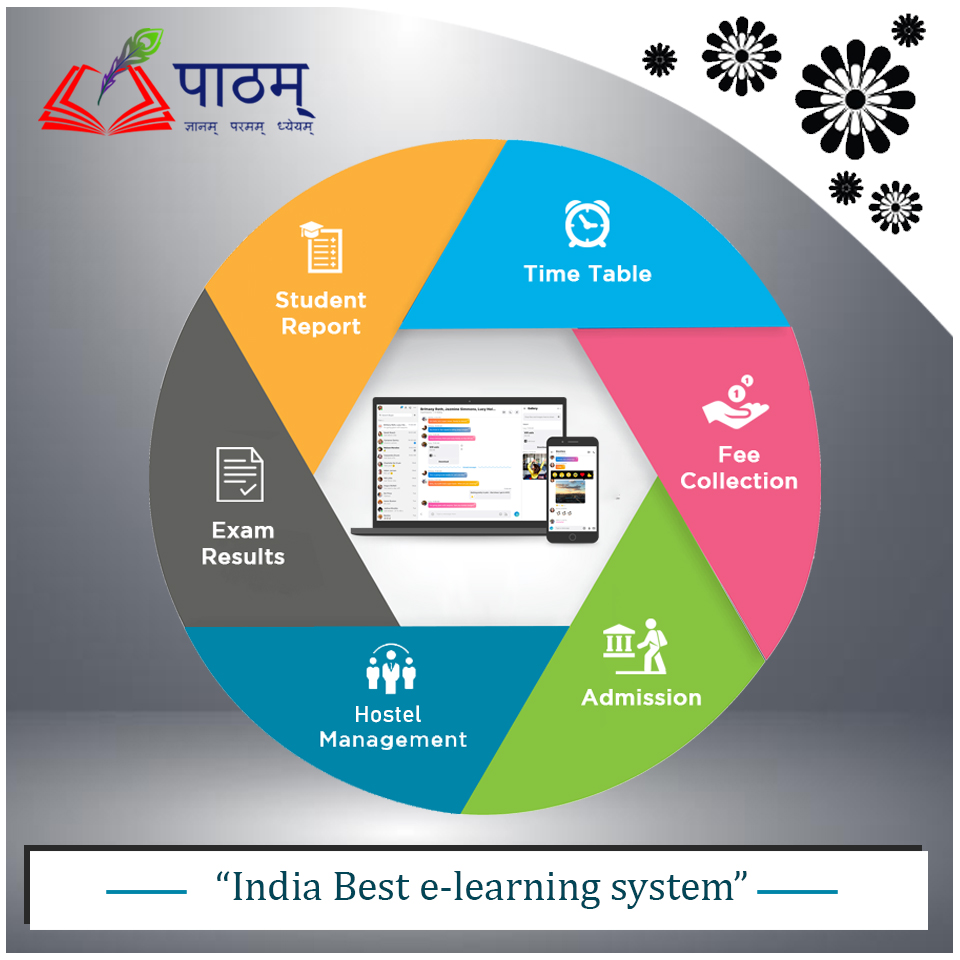E-learning has become more and more common throughout Asia. The increase of Internet users on the continent and the revolutionary changes in education have established a very fertile atmosphere for the growth of e-learning. Hughes Communications India, Ltd (HCIL) is exploring e-learning in India, its drivers and its benefits–and the critical role that broadband satellite plays in delivering it.
Albert Einstein once said, “Education is what stays after you have forgotten what you have learned in college.” While the words of Einstein may have been designed in good humor, they accurately reflect the reality that efficient education is indeed continuous and changing at all times. In reality, over the centuries, the face of education has undergone a sea shift. Once characterized by the traditional model of school, today’s education has transformed into immediate, internet, self-driven, and on-going learning. In India, too, the education journey was dotted with countless milestones — most lately, e-learning.
Indian government is pushing for e-learning
The Government of India (GoI) is a powerful proponent of e-learning and it has been actively developed by the Department of Electronics and Information Technology (DeitY) instruments and techniques to support it. In particular, DeitY has endorsed R&D initiatives focused on e-learning throughout India at multiple academic instructional institutions. These include content creation, initiatives in R&D technology, human resource development projects, and initiatives in faculty training to enhance literacy through distance schooling.
Exploring the scope in India
Over the past few years, the fast rise in Internet connectivity has been a major catalyst for e-learning development in India. A solid ecosystem on the Internet, with a variety of local and international players, will assist create further inroads online learning.
India’s education system, already one of the world’s biggest with a network of over one million colleges and 18,000 institutions of higher education, will fuel this development. In the target market for education and associated services, more than half of the country’s 1.2 billion population falls.
In the near future, universities will see more students accessing their coursework from outside the traditional campus and classroom.
E-learning gives distinctive benefits, with the most prominent being the capacity of internet teachers to provide all learners with personalized attention. This is particularly critical for those learners who are unable to afford face-to-face private tutoring sessions or who reside in rural regions where such assistance is not accessible. This is only feasible in a standard setup when a extremely qualified tutor provides a student with one-to – one tutorials. However, given that most organizations have a classroom-based configuration, it becomes very hard to have such individualized attention.
Another important advantage is that people living in smaller towns and cities can get access to the best possible learning resources from across the world, at a very affordable price. This helps create a level-playing field.
The developing wave of adaptive learning will also help students with various levels of intellectual capabilities to glean the best from the learning process at their own pace, without feeling left out.
Online tutoring will definitely pose a threat to conventional methods of teaching—while online learning can never look at completely replacing schools as schools offer much more than just academic opportunities within their campuses. However, private tuition centres which are typically managed by individual teachers will have to take a second look at their business model and adopt digital learning aids to sharpen their offerings.
Aspects of e-learning
Technology has enhanced students ‘ learning experience. Although the basis of education is still reading, writing, and arithmetic, there is no doubt that to be efficient contributors in the future, today’s learners will also need a wider education.
E-learning solutions employ technology to deliver:
Live instruction: Certain curriculam may require specialised instructors. By using live broadcasts, these instructors can remain in one location and provide instruction to many students in other locations. This type of specialisation increases as students move into higher levels of education.
Video content delivery: In a forward and store model, pre-recorded content such as lectures, documentaries, and other video content can be delivered so that the material can be viewed when necessary.
Student-to-student interactions (video conferencing): Related to the first point, students may learn just as much from each other as they do from teachers. Thus, communications technology can be used to connect students in different regions or even different parts of the world so that they may interact.
Up-to-date materials: As mentioned above, the basics seldom change. However, virtually all textbooks must be updated. Textbooks are very expensive to purchase, maintain, and deliver. Again, digital delivery solves this issue when coupled with e-Readers such as tablets.
Self-learning: Computer-based training or self-paced learning is common in higher education and trade-oriented learning. Kiosks or terminals to support this may be located close to underserved areas where populations already work.
Teachers and instructors may also take advantage of the technology to interact with their peers, students, and parents using email and social media.
Conclusion
In underdeveloped and developing countries, e-learning raises the level of education, literacy, and economic development. This is especially true for countries where technical education is expensive, opportunities are limited, and economic disparities exist.
Although the Indian market is still young, it will continue to adopt the concept of e-learning in order to meet its communication needs and seize business opportunities.
